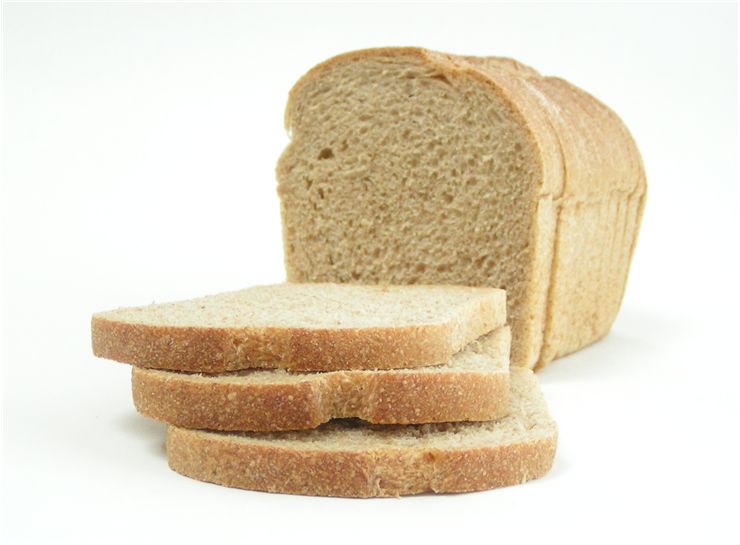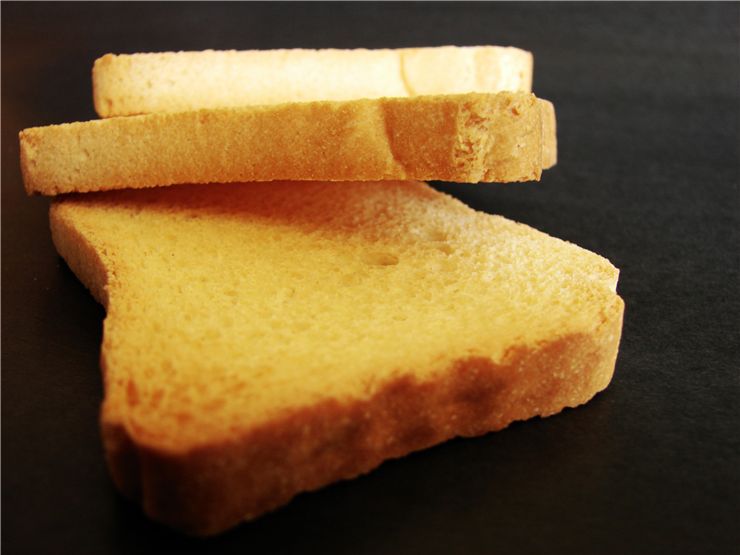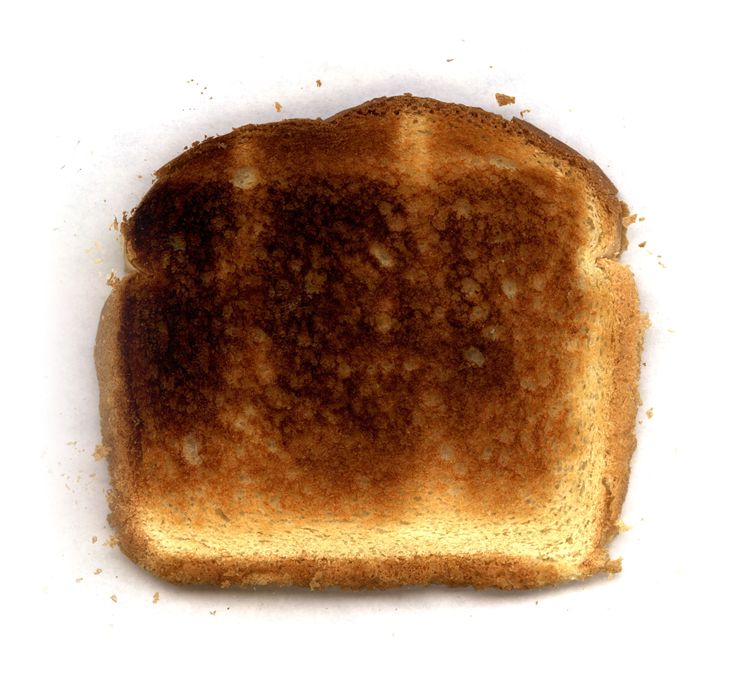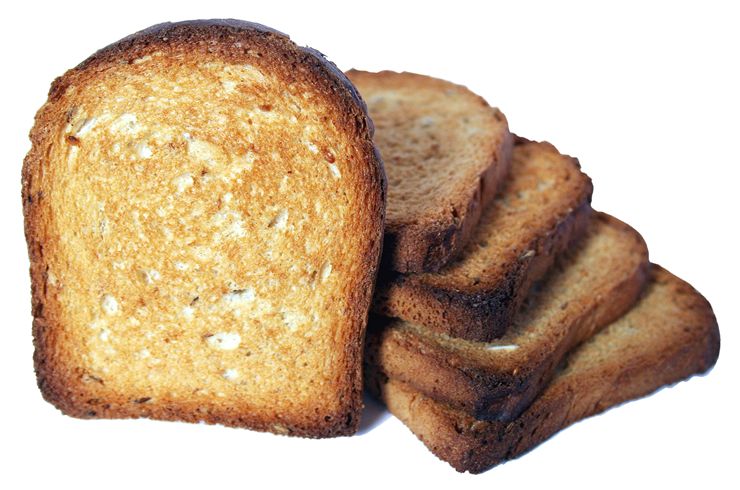History of Sliced Bread - Modern Baking Industry
Sliced bread, a loaf of bread that has been pre-sliced with a machine and packaged, appeared for the first time on the market in 1928.
Before the invention of sliced bread, bread was baked at home or bought in loaves. Whichever the source of bread, the consumer had to personally cut off a slice of bread every time he wanted one. Then the sliced bread appeared, which would be sold pre-sliced. The inventor of sliced bread was Otto Frederick Rohwedder from Davenport, Iowa, USA, who invented the first bread-slicing machine, which cut one whole loaf at a time. He began designing a bread slicer in 1912, but the factory that contained the blueprints and the original prototype of his bread slicer was destroyed in a fire. The next fully working machine by Rohwedder was ready in 1928. Chillicothe Baking Company of Chillicothe, Missouri, was the first bakery to use the machine commercially, and it was used on July 7, 1928. But the slicing didn’t go without problems. In the beginning, the main problem and the only reason most bakers didn’t want to adopt bread slicers was the fast staling of the bread because it was sliced and more open to the air. Gustav Papendick, the baker from St. Louis, bought Rohwedder's second bread slicer and tried to improve it by keeping the slices together long enough to wrap the loaves. At first, he tried with rubber bands and metal pins, but rubber bands crushed the bread, and the metal pins fell out. He found out that if the slices are placed in a cardboard tray, it will align the slices, allowing the machine to wrap the loaf. Loaves were wrapped in wax paper, keeping them fresh for longer. The first commercially sold sliced bread was Wonder Bread in 1930. By 1933, some five years after the baking industry accepted Rohwedder's machine, 80% of the bread that bakeries in America made was pre-sliced with his machine. Sandwich bread quickly became a household item.
Sliced bread had one or two effects on the consumption of bread. Because of the ease of eating another piece of bread, people ate bread more frequently, and because of that, the consumption of spreads increased. Because of that, in 1943, U.S. officials imposed a short-lived ban on sliced bread to conserve food reserves during the war. Ban didn’t last long because savings were not too great.
Today, sliced bread is sold worldwide because of its convenience. Slices make the bread easier to use as toast or for sandwiches. The thickness of sliced bread varies by country and company.
When it first appeared, the bread was advertised as "the greatest forward step in the baking industry since bread was wrapped." From that tagline developed, today’s phrase, "the greatest thing since sliced bread," is a commonly used syntagm as a hyperbolic way of praising an invention or development. Which probably says how much-sliced bread was loved when it first appeared.



